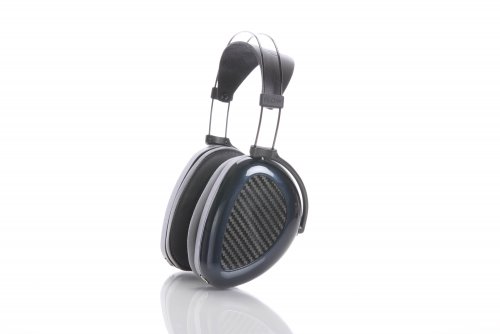Per the requests, here is the difference between the RT and original models. Measured on our GRAS/Audio Precision setup.
This is AEON Flow Closed (Purple) vs AEON Flow RT, Closed (Green)

The obvious major difference between the closed models is the bass boost of 4dB below 150Hz, with the 2dB dip from 150-210Hz. This gives a sizeable increase in bass output, obviously. The original tuning was designed to be very "reference," but since those days we've voiced all our headphones to have more thump to be both more "fun" and to be more perceptually flat, vs measurement flat.
This is AEON Flow Open (Green) vs AEON Flow RT, Closed (Red).

There are two difference in AEON Flow RT, Open vs AEON Flow, Open, namely the obvious increase of almost 5dB in sub bass, and the ~4dB output in the upper midrange. The RT tuning is pretty close to the Harmon curve.
Perceptually, the difference between the AFCRTC and the AFCRTO is that the AFCRTO will be a bit more Harmon curve, with a lot more upper bass/lower midrange warmth and more upper midrange energy. Paradoxically, the leaner and more linear delivery in the closed is what often makes people say the Closed sounds more "open" than the Open version. My $0.02 is that is not true, what happens is having more energy in this region makes vocals and instruments sound larger and thus closer, however, if you listen to the depth of field like echos and reverb, the Open headphone reaches deeper into space. After many years, I came to the conclusion based on talking to many people that a lot of people think of soundstage as how far away the closest instrument/voice is, while others think of the front to back distance. I don't think there's a right answer, but rather I share this to help people figure out how they may view soundstage to pick the voicing that's best for them based on their perception and preference.
Anyhow, hope this is fun and helpful information for people. I'll repost in the Hel Yeah thread as well since there will be curious minds there too.
























 )
)